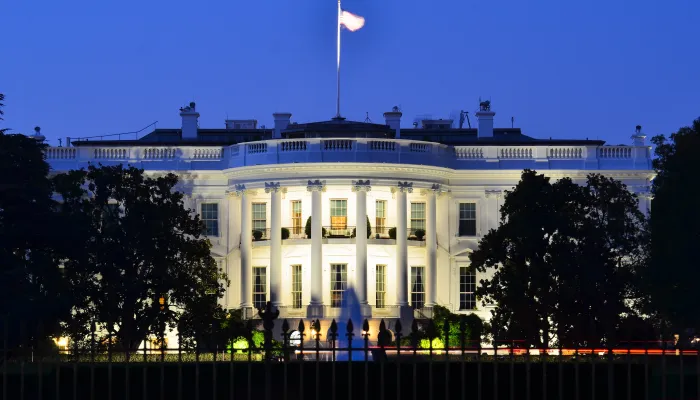Statement on Trump's Skinny Budget
President Trump’s administration released its “skinny” budget today with a plan to release further details in the coming months. The skinny budget focuses on discretionary spending levels for fiscal year 2018, including a $54 billion increase in base defense spending paid for with large spending reductions to the Departments of State, Education, and Health and Human Services, along with other specific cuts in domestic discretionary spending. The budget also proposes supplemental funding for the current fiscal year.
Maya MacGuineas, president of the Committee for a Responsible Federal Budget, released the following statement:
We understand that the new administration needs time to develop its comprehensive budget plan, but there is too little information and too few details to evaluate the budget. Generally, skinny budgets include proposals in all areas and show what these proposals will mean for deficits and debt over the next decade. This budget only gives us a picture of one and a half years and proposes changes to the 30 percent of spending that is discretionary.
We need 100% of a plan for 10 years. Not 30% of a plan for just more than one year.
Our largest fiscal problems are on the horizon. Over the next decade, debt is projected to rise by more than $10 trillion and reach a whopping 89 percent of GDP.
Within this budget, we are pleased that President Trump pays for his 2018 military spending hikes. It is encouraging that the Administration is generally abiding to the principle that if something is worth doing, it is worth paying for. His 2017 increases should be fully paid for as well.
However, all of the cuts come from a shrinking slice of the pie: non-defense discretionary spending, which accounts for only 15% of all federal spending and 5% of projected spending growth over the next ten years. Such aggressive domestic discretionary cuts will be hard to sustain given that this area of the budget has already undergone large cuts and is projected to grow more slowly than inflation. One test of the seriousness of the payfors will be whether the President pushes for his spending cuts as aggressively as he does his new spending.
Missing from this budget are initiatives the President has publicly highlighted like tax reform and infrastructure that could profoundly affect the government’s finances, and mandatory spending on entitlement programs, which are the largest drivers of the debt and must be addressed.
We encourage the Administration to hold off on new initiatives that come with significant price tags until they have put forth a full and detailed budget plan that puts the debt on a downward path relative to the economy.
It is impossible to see the big picture when you only have a few pieces of the puzzle. The choices, tradeoffs and fiscal sustainability of the budget will only come into view with a comprehensive fiscal strategy – not with incremental steps or patchwork budgeting.
###
For more information contact Patrick Newton, Press Secretary, at newton@crfb.org.


